The Spitalfield Nippers
Updated: Apr 15
Photographer Horace Warner captured these portraits in 1900 to shed light on the living conditions in the East End. Horace, serving as the Sunday School Superintendent of the Bedford Institute, one of nine Quaker missions in the area, initially aimed to document the lives of the children.
In 1913, approximately two dozen of these photographs were utilised by Quaker activists to solicit donations for impoverished communities. Following Warner's passing in 1937, his family safeguarded the remainder of his archive.
Journalist Fred McKenzie filed a report in 1901, a description of just one road around the district’s famous Christ Church, an architectural gem designed by Nicholas Hawksmoor.
Running west from the church, alongside the market hall, was Dorset Street. Now demolished, today it is remembered as the scene of Jack the Ripper’s fifth and last killing — at the time it was known as ‘the worst street in London’.
‘Policemen go down Dorset St in pairs,’ wrote McKenzie. ‘Hunger walks in its alleyways, and the criminals of tomorrow are being bred there today. Boy thieves are trained as systematically as they were in the days of Oliver Twist. Children’s first lessons are in oaths and crimes. They learn ill as they sip at their mothers’ gin, and you can see them aged six and eight, gambling in the gutterways.’
However, not all individuals were minor villians. In families with younger siblings, the responsibility often fell on the older children to care for the infants, alongside tasks like boiling laundry in metal cans and hanging the garments out to dry. During many nights, particularly in summer, children resorted to sleeping on the streets. In cases where parents were present and had some means, they might find refuge on the bare floorboards of a lodging-house room, where twelve individuals, including both adults and children, would pool together a penny each for a night's shelter.

Children found a means to earn some coins by selling firewood. They would visit factories and shops, asking for packing-cases, pallets, and tea-chests. After chopping them into sticks, the wood could then be sold in bundles on the street for a ha’penny each.
Becoming a recognisable figure in these challenging streets, Horace Warner gradually gained the trust of the residents and convinced the children to pose for his remarkable portraits.



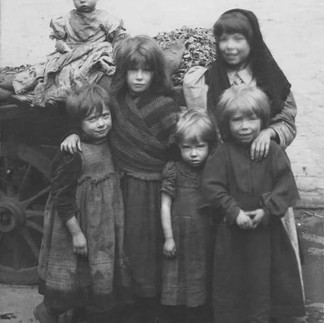





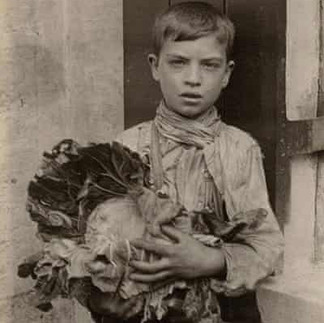

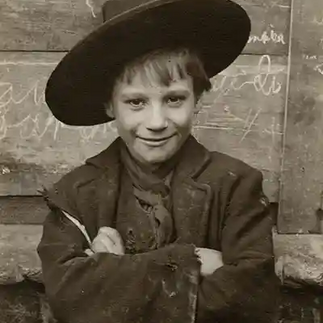

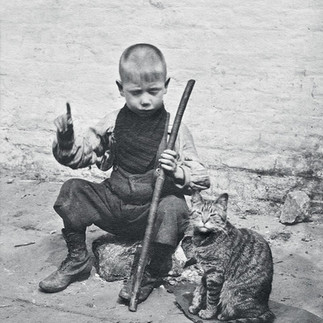

























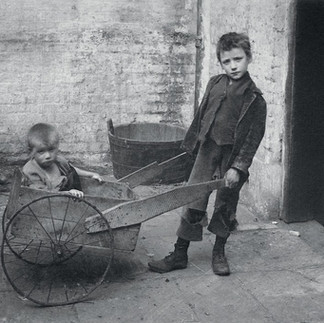



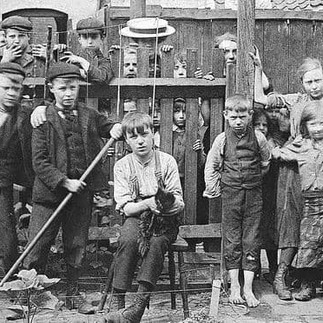

















Comments